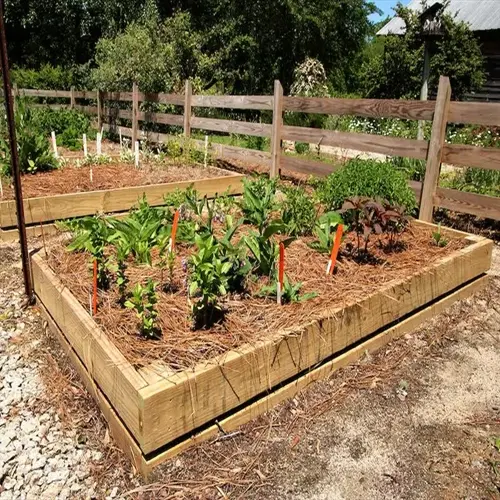Do all seeds need to be started indoors?

Written by
Olivia Mitchell
Reviewed by
Prof. Charles Hartman, Ph.D.Knowing which seeds to start indoors versus direct-sow can save you time and yield better results. Some plants do best if they receive a little head start by being cared for indoors, while others prefer to be planted outdoors from the start. The seed varieties you choose help support healthy plant growth either way.
Indoor Starting Recommended
- Tomatoes: Require consistent warmth for germination
- Peppers: Need extended growing season indoors
- Eggplant: Benefit from stable temperatures
- Petunias: Small seeds need controlled conditions
Direct Sowing Preferred
- Carrots: Roots deform if transplanted
- Radishes: Quick growth suits outdoor sowing
- Beans: Establish better in garden soil
- Peas: Cool-weather tolerance allows early planting
Indoor starting advantages for plants needing long growing seasons. Tomatoes and peppers require 8 weeks or more before they are ready to be transplanted. This ensures you have a good opportunity to pick fruit before frost sets in. Tender seedlings can exhibit substantial growth in a controlled environment. You also protect them from nasty pests, pre-emergent seeds, and tender seedlings.
Direct sowing works well for plants with tender root systems. Carrots will fork if the roots hit the bottom of a container. Beans will form a better root system in garden soil. These crops germinate quickly outdoors and often get faster than plants started indoors.
Consider your local climate when making a decision. Areas with short growing seasons have the most to gain from starting plants indoors. Mild climates provide more options. Check your seed packets for suggested growing conditions. Consider your garden's unique circumstances as a key factor in your decision.
Hybrid methods provide alternatives. Sow a few seeds indoors for an early harvest. Sow additional seeds in succession directly outdoors. This strategy lengthens your harvest window. You'll enjoy continuous production and avoid transplant shock for sensitive varieties.
Read the full article: When to Start Seeds Indoors: Ultimate Guide

